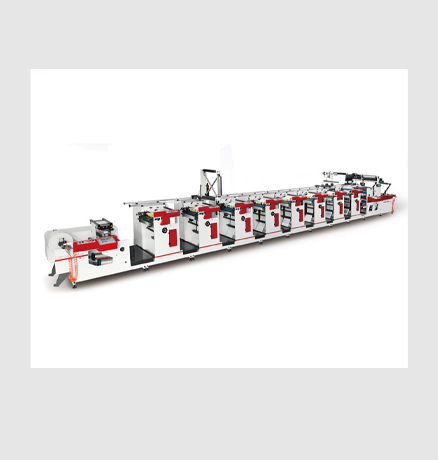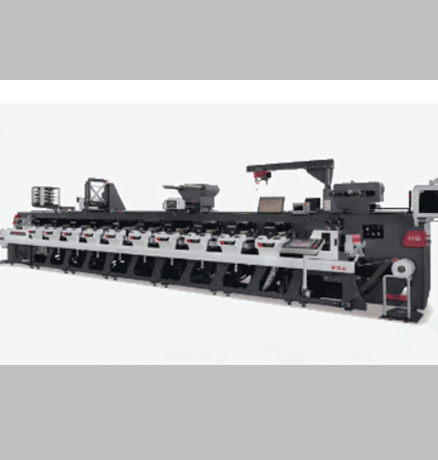The automation of Automatic Flexo Printing Presses is key. This article details its aspects, showing how it boosts efficiency and quality.

I. Ink Management
Auto Ink Supply:
Uses sensors to monitor ink level in the fountain. When low, the ink supply pump activates to refill, ensuring uninterrupted printing.
Has an ink stirring function for uniform ink composition during supply.
Precise Ink Volume:
Computer-controlled system with high-precision devices. Operators set ink volume on the interface, and the press adjusts ink doctor blade & anilox roller gap/pressure.
Reduces ink waste and improves print quality by ensuring proper ink adhesion.
II. Plate Cylinder Handling
Quick Exchange:
Air shaft for easy plate cylinder mounting/dismounting. A positioning device ensures accurate placement, cutting replacement time.
Some presses have auto storage & retrieval. They select and transport the right plate cylinder from the library.
Param Recognition & Adjust:
After installation, the press auto-detects plate cylinder parameters like circumference and pattern info.
Compares with Default data and adjusts print pressure, speed, and ink distribution.
III. Registration & Inspection
Accurate Registration:
Utilizes photoelectric sensors and computer control. Monitors printing marks on the substrate in real-time and adjusts plate cylinder phase or unit positions.
Achieves high precision (±0.1 mm or better) for sharp and accurate multi-color prints.
Quality Check & Feedback:
Integrated inspection device monitors color, pattern, and text quality. Alerts the control system upon detecting issues.
The system then adjusts parameters or pauses the press for troubleshooting.
IV. Tension Control
Substrate Tension Reg:
Tension sensors and control systems maintain stable substrate tension. Adjusts tension roller pressure or motor speed as the roll diameter changes.
Prevents substrate deformation and print misalignment.
Multi-Area Tension:
For wide-format presses, divides the substrate into zones with independent sensors and adjusters.
Allows setting different tensions for various print requirements and substrate characteristics.


GET A QUOTE